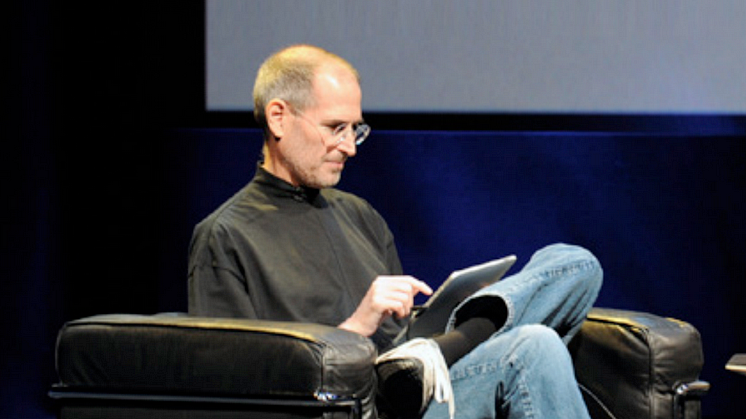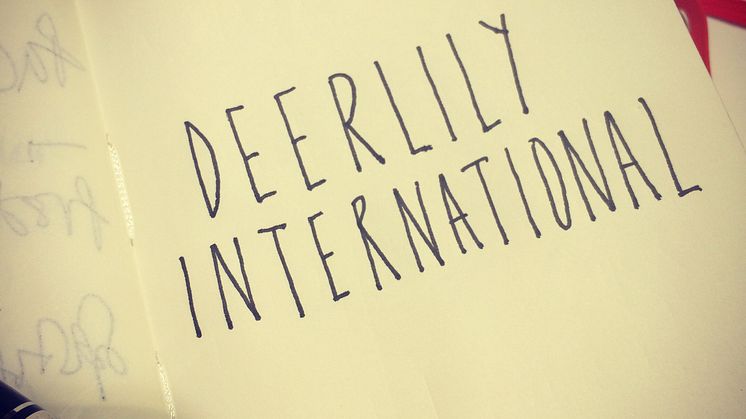
Blog post -
A lesson in crisis comms: Apples Antennagate
Like many tech companies, Apple frequently faces crises; from product related issues such as Antennagate & iOs Maps, to the more serious, image damaging ones (China labour).
It was the release of iPhone 4 which triggered Antennagate. Customers complained that the phone’s reception was poor and could even lead to dropped calls if you held your phone a certain way! The media were quick to jump on the issue and it was from then on referred to as Antennagate.
At the time of the iPhone 4 release, Steve Jobs was still in charge of Apple, assuming the roles of both CEO and CPO. Jobs soon realised the extent of Antennagate and, so that he could face journalists and nip it in the bud, aborted his holiday to Hawaii.
His press conference started with a defiant music video about Antennagate, before taking critics and customers alike on a 34 minute journey. The conclusion – “there is no Antennagate”.
Start slow
The first few minutes of his press conference were all about minimising the extent of the problem (“phones are not perfect”) and hinting at a media conspiracy against Apple.
This was followed by perhaps the most surprising element of this press conference wherein Jobs hinted that Apple’s mobile phones are not unique, comparing their reception problems to competitors’.
This was a very interesting comms strategy from a brand who regularly presents themselves as “ahead of the competition”. Nevertheless, the media and customers by essentially admitting that Apple isn’t perfect.. Neither are their competitors.
Build-up is king
14 minutes into his press conference, Steve Jobs launched into a 10 minute talk which slowly built-up to the only vital information anyone needed: actual data. There hadn’t been a drop calls, customer care calls hadn’t increased and the number of phones returned had actually fallen. In this conference, Jobs’ experience came into play; he successfully created suspense and surprise while laying out the facts to speak for themselves.
High standards and customers first
Once Antennagate had calmed down, Jobs turned his focus back to Apple users, stating ‘we care about every user, we want every user to be happy” Even though the whole mobile industry was experiencing recurring signal problems, they couldn’t be satisfied with this and kept working day and night on finding a solution to the problem. And since they still didn’t have one they would offer their customers a free iPhone 4 case. At that point, Jobs knew he’d won the battle with the media; not only did he manage to make everyone forget about Antennagate, but he also managed to make everyone love Apple even more!
Case closed
The press conference was supposed to end in a Q&A session with journalists, but really what was there left to ask? The Antennagate case was closed by then, users were happy again, Apple was back in business as usual with petty questions from journalists focusing on the latest iOs updates. Mission accomplished.
Conclusion
Steve Jobs showed his PR mastery with what was probably his best press conference ever. Using all relevant emotions -,defiance humbleness and exasperation - he managed to take his audience exactly where he wanted.
Now of course it doesn’t come any better than this: very few other companies in the world get the privilege to have their hands-on founder and CEO as a spokesperson. But it shouldn’t diminish Jobs’ talent; he ceaselessly keeps in mind what is most important to a brand: its users and their love of the product.
Ultimately, this incident did not seem to impact sales of the iPhone 4 at all - probably thanks to Jobs who quickly reacted to the crisis before it blew out of proportion.. Lesson learned.





